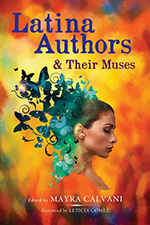 Editor of Latina Authors and Their Muses Mayra Calvani was inspired to create an anthology showcasing Latina authors writing in English in the United States. She writes in her Editor’s Preface that she envisioned “An inspirational, entertaining, and informative tome focusing on the craft of writing and the practical business of publishing, one that would provide aspiring authors with the nuts and bolts of the business. A book that would not only showcase prominent figures but emerging voices as well, writers working on a wide range of genres from the literary to the commercial.”
Editor of Latina Authors and Their Muses Mayra Calvani was inspired to create an anthology showcasing Latina authors writing in English in the United States. She writes in her Editor’s Preface that she envisioned “An inspirational, entertaining, and informative tome focusing on the craft of writing and the practical business of publishing, one that would provide aspiring authors with the nuts and bolts of the business. A book that would not only showcase prominent figures but emerging voices as well, writers working on a wide range of genres from the literary to the commercial.”
After submitting the book proposal to numerous agents, Calvani signed with one who spent a year pitching the book to top editors before the agent gave up. Publishers, Calvani was told, thought the audience was “too niche, too narrow” (How could the publisher possible market such a book?).
Latina Authors and Their Muses found a home with Lida Quillen of Twilight Times Books in Kingsport, Tennessee. The book, Calvani writes, “has been a labor of love in every aspect. It has also been a completely selfish project. I wanted to hear what these authors had to say, hoping I wasn’t alone. I wanted to relate to them and learn from them – and learn I have, so very much! In a way, they’ve all become my mentors.”
The book features interviews with 40 Latina authors, including Marta Acosta, Julia Amante, Jennifer Cervantes, Zoraida Córdova, Sarah Cortez, Liz DeJesus, Teresa Dovalpage, Iris Gomez, Rose Guilbault, Dahlma Llanos-Figueroa, Josefina López, Sandra Ramos O’Briant, Caridad Piñeiro, Toni Margarita Plummer, Lupe Ruiz-Flores, Esmeralda Santiago and Diana Rodriguez Wallach.
Calvani notes, “In spite of their different backgrounds, education levels, and jobs, two factors more than any others bind these writers together: their passion and commitment to their craft and to sharing their stories with the world in spite of the odds.”

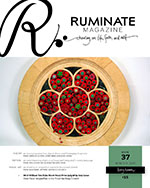 The Winter 2015 issue of
The Winter 2015 issue of 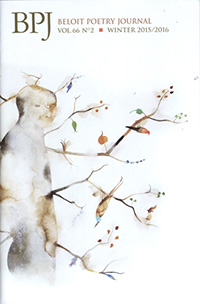 The Winter 2015/2016 cover of
The Winter 2015/2016 cover of 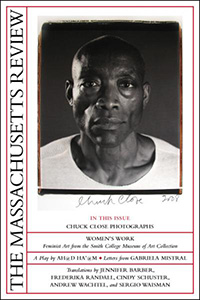
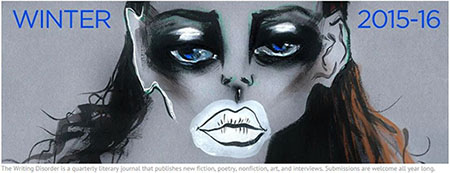 It would appear that human faces have captured my attention for this week’s picks.
It would appear that human faces have captured my attention for this week’s picks. 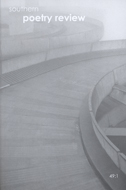
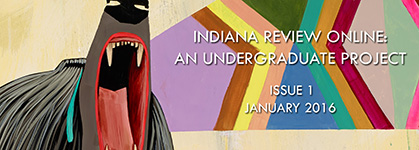 Issue 1 of
Issue 1 of 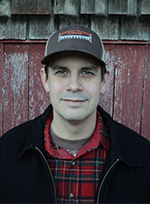
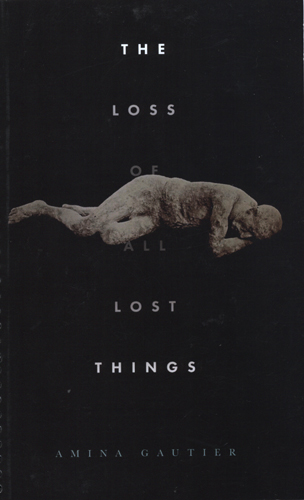 Due out at the beginning of February is the winner of the
Due out at the beginning of February is the winner of the 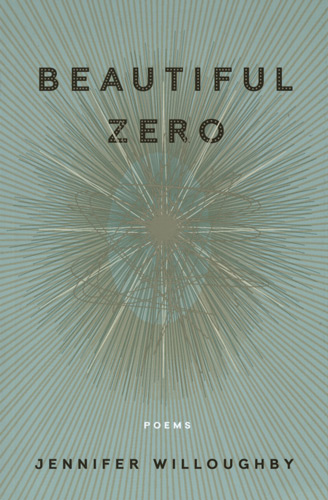 The winner of Milkweed Editions’s
The winner of Milkweed Editions’s 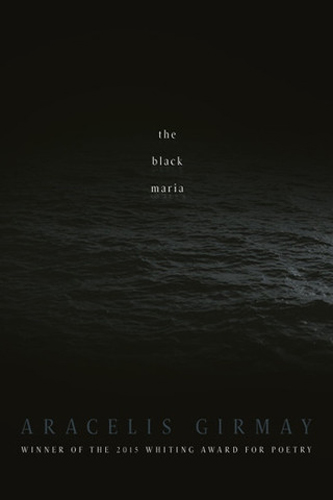 In April 2016, Aracelis Girmay’s The Black Maria will start hitting bookshelves. Winner of a 2015 Whiting Award for Poetry, The Black Maria “investigates African diasporic histories, the consequences of racism within American culture, and the question of human identity.”
In April 2016, Aracelis Girmay’s The Black Maria will start hitting bookshelves. Winner of a 2015 Whiting Award for Poetry, The Black Maria “investigates African diasporic histories, the consequences of racism within American culture, and the question of human identity.” The newest issue of
The newest issue of 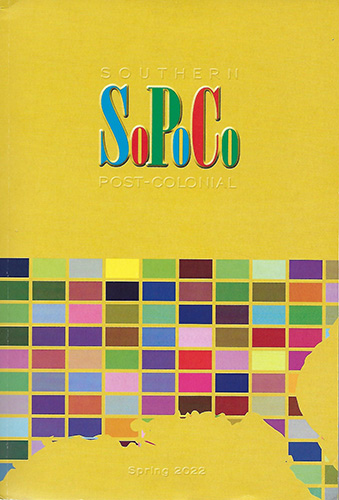
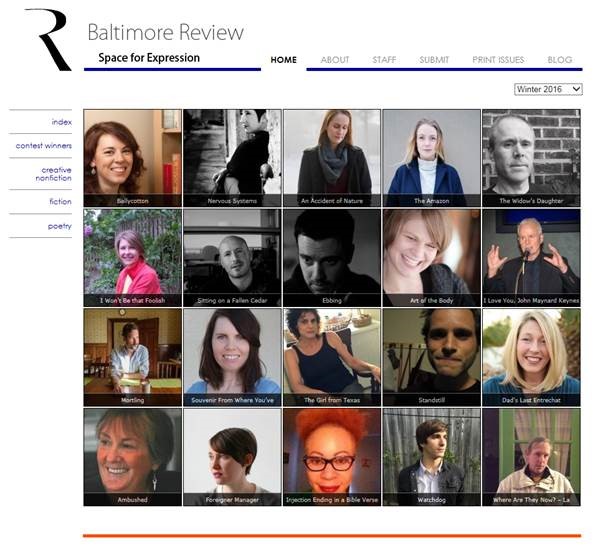 Baltimore Review
Baltimore Review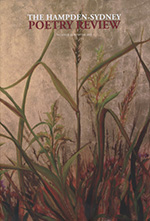 In every issue,
In every issue, 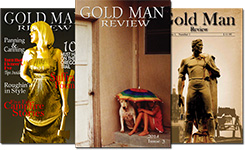 “We can’t believe it has already been five years since
“We can’t believe it has already been five years since 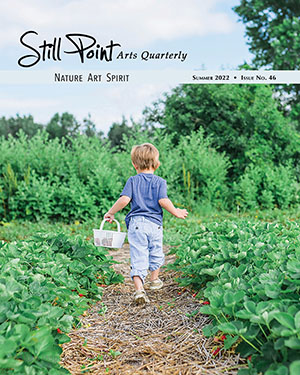
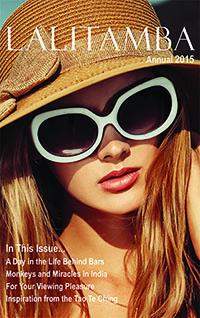
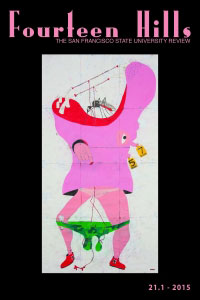
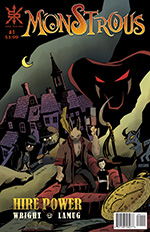 What do you get when you mashup the mythos of Frankenstein with steampunk robotics? Toss in “True Grit” meets “Three Men and a Baby” anti-heroes and some strong, clever, resourceful, female characters “just as likely to jump into bar fights as their male counterparts,” and you’ve got
What do you get when you mashup the mythos of Frankenstein with steampunk robotics? Toss in “True Grit” meets “Three Men and a Baby” anti-heroes and some strong, clever, resourceful, female characters “just as likely to jump into bar fights as their male counterparts,” and you’ve got 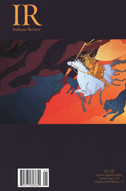 Poetry Judge Eduardo Corral
Poetry Judge Eduardo Corral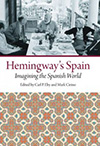 Hemingway’s Spain: Imagining the Spanish World
Hemingway’s Spain: Imagining the Spanish World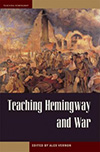 Teaching Hemingway and War
Teaching Hemingway and War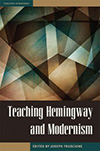 Teaching Hemingway and Modernism
Teaching Hemingway and Modernism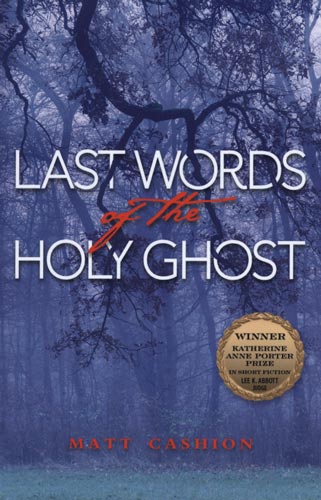 In November 2015, the winners of the
In November 2015, the winners of the 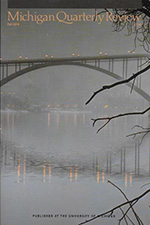 “Charles Baxter and MQR” by Laurence Goldstein
“Charles Baxter and MQR” by Laurence Goldstein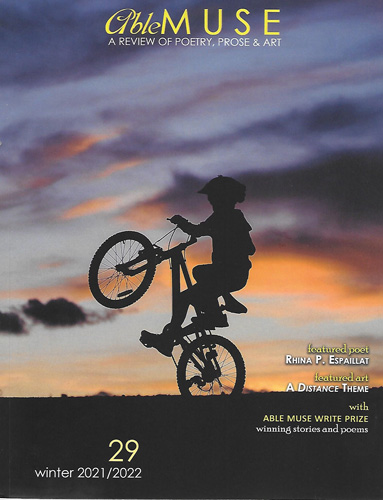 The winter 2015 issue of
The winter 2015 issue of 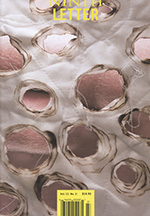 The
The  Editor of
Editor of 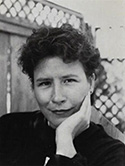 With spare yet deeply evocative prose, “Floating Garden” sweeps us up into the span of a singular life, one that is as sacred as any other, one for whom “the words for things take us from what matters.” This story is a profound meditation on the nature of brutality – of man against man, of man against nature – yet it is also an unsentimental song of how we can be redeemed, “like dust into soil, so dark, so primordial.” This is a lovely gem of a tale.
With spare yet deeply evocative prose, “Floating Garden” sweeps us up into the span of a singular life, one that is as sacred as any other, one for whom “the words for things take us from what matters.” This story is a profound meditation on the nature of brutality – of man against man, of man against nature – yet it is also an unsentimental song of how we can be redeemed, “like dust into soil, so dark, so primordial.” This is a lovely gem of a tale. Told in a rollicking, expressionistic voice, “The Hooligan Present” delivers that rarest of reading experiences; it actually makes you laugh, and then it makes you cry, and then it leaves you grateful for such artistry, for such a generous and humane vision of this dirty old world.
Told in a rollicking, expressionistic voice, “The Hooligan Present” delivers that rarest of reading experiences; it actually makes you laugh, and then it makes you cry, and then it leaves you grateful for such artistry, for such a generous and humane vision of this dirty old world.